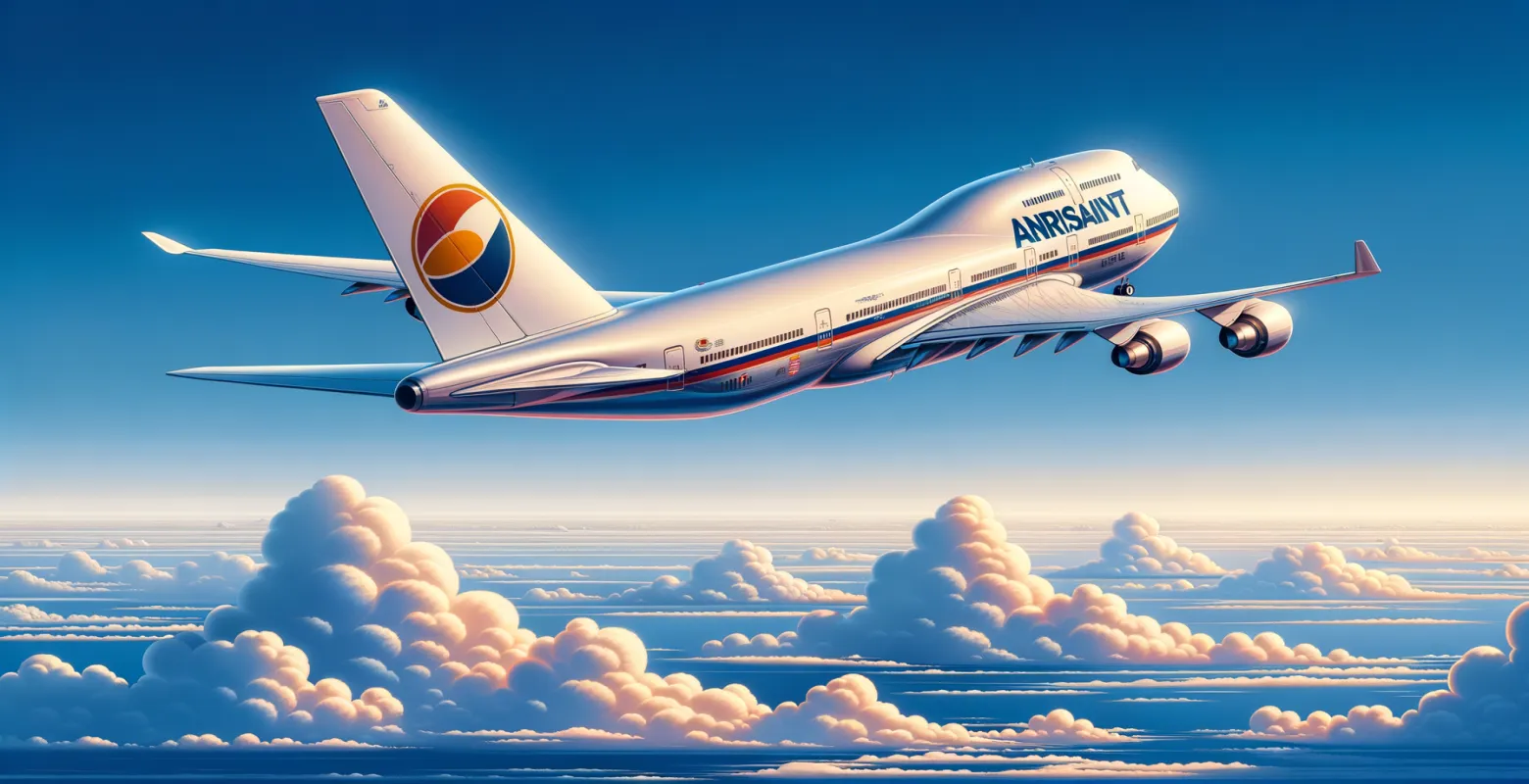The oldest operating airlines in the world
Introduction
Airlines are an integral part of the modern transportation system, connecting people, cultures, and economies worldwide. In the era of globalization and dynamic development of aviation technology, it is worth taking a closer look at those that were the first to start their operations and still function. The world's oldest airlines are not only witnesses to the history of aviation but also pioneers in the field, who have survived various challenges and changes. In this post, we will examine the oldest operating airlines, their history, the challenges they had to face, and their role in today's world.
KLM Royal Dutch Airlines – Dutch Aviation Pioneer
KLM Royal Dutch Airlines, commonly known as KLM, is the world's oldest airline operating continuously under its original name. Founded on October 7, 1919, KLM quickly became a symbol of Dutch innovation and entrepreneurship in the field of aviation. The first passenger flight took place on May 17, 1920, on the London–Amsterdam route, marking a new era in international transport.
KLM has overcome numerous challenges, including two world wars, economic crises, and changes in aviation technology. The success of the airline is based on a constant pursuit of innovation and high customer service standards. Today, KLM is part of the Air France-KLM group, providing access to an extensive network of connections worldwide.
Qantas – Australian Aviation Giant
Qantas, known as "The Flying Kangaroo," is the world's oldest airline operating under its original name. Established on November 16, 1920, in Winton, Queensland, Qantas began its operations as a mail carrier. The first passenger flight took place in 1922 on the Charleville–Cloncurry route.
Qantas quickly gained a reputation for its reliability and safety, contributing to its international success. Today, Qantas is a leader in the aviation industry, offering connections to all continents. The airline is also known for innovative solutions, such as introducing direct flights between Australia and the United Kingdom.
Avianca – Latin American Pride
Avianca, Colombian airlines, were founded on December 5, 1919, just two months after KLM. It is the oldest airline in Latin America, which has been a pioneer in the region from the very beginning. The first passenger flight took place in 1920 on the Barranquilla–Puerto Colombia route.
Avianca played a key role in the development of aviation in Latin America, and its network now includes many countries on the continent and beyond. The airline is known for high service standards and innovative solutions, such as utilizing modern technologies in fleet management.
LOT – Polish Airlines with Tradition
PLL LOT is one of the oldest airlines in Central Europe, founded on December 29, 1928. The first passenger flight took place on January 5, 1929, on the Warsaw–Łódź route. LOT was a pioneer in the region, introducing modern solutions and developing aviation infrastructure in Poland.
LOT has survived difficult times, including World War II and the communist period, continuously expanding its offerings. Today, LOT offers connections worldwide and is a member of the Star Alliance. The airline is known for its high-quality service and advanced fleet of aircraft.
Delta Air Lines – American Symbol of Innovation
Delta Air Lines is one of the oldest and largest airlines in the United States, with roots dating back to 1924 when it operated as Huff Daland Dusters. In 1928, it transformed into Delta Air Service, and the first passenger flight took place on June 17, 1929.
Delta is known for innovative solutions, such as introducing the world's first business-class airline service in 1978. Today, Delta is a global leader, offering a wide network of international and domestic connections. The airline is also engaged in sustainable development efforts, investing in modern technologies and ecological solutions.
Unique Challenges for the Oldest Airlines
The world's oldest airlines have faced many challenges that have evolved over time. From initial lack of infrastructure, through advanced technology, to global economic crises and pandemics. Each of these airlines had to find a way to adapt and develop to survive in a dynamically changing environment.
Contemporary challenges also include issues related to environmental protection and sustainable development. Airlines like KLM and Delta are investing in new technologies and fuels that reduce environmental impact, in response to growing passenger expectations and legal regulations.
The Future of the Oldest Airlines
The world's oldest airlines continue to invest in the future, striving to meet the growing expectations of passengers and changing market conditions. Investments in new technologies, fleet development, innovative services, and environmental care are key areas where these airlines see their future.
Another important aspect is digitization and personalized services, allowing for better adaptation of offerings to individual passenger needs. Airlines like Qantas and LOT are already implementing advanced reservation and passenger service systems, which improve the quality of travel.
Summary
The world's oldest airlines are not only witnesses to the history of aviation but also symbols of progress, innovation, and adaptation to changing conditions. KLM, Qantas, Avianca, LOT, and Delta continue to play a key role in the global aviation transport system, offering passengers high-quality services and a wide network of connections.
Their history shows that the ability to adapt and innovate is crucial for survival and success in the aviation industry. Today, in an era of increasing competition and changing passenger expectations, the world's oldest airlines continue to set standards and shape the future of aviation worldwide.
For readers interested in the history and development of aviation, learning about the oldest airlines is not only a fascinating journey through time but also an inspiration to understand how innovation and determination can transform and modernize any industry.






Number of comments: 0